Rosé is a delightful wine low in tannins, made from red grape varieties but using the techniques for making white wines. The wine's color is a nice pink but it can vary from pale nuances to a dark color that's close to light red. Rosé's color may be reminiscent of red wines but its taste is similar to that of white wines.
Most people associate Rosé with summer, which is something completely normal considering that the wines look incredibly refreshing with their color and fresh, unobtrusive fruity aroma. Rosé is an exceptionally delicious and light wine. All of this makes it highly attractive, especially for the fairer sex.
History of Rosé
Many believe that rose wines were some of the first known to mankind. The reason for it is that the most ancient of winemaking processes ended too quickly and the wines looked more like Rosé rather than any red wine variety. Changes took place at the end of the Second World War.
It was then that Rosé wine became a real hit in America and Western Europe. Winemaker Bob Trinchero was positively certain that the wine would be sought after and introduced it to diverse groups of people. In the US, the wine isn't usually called Rosé, it's called blush wine.
Production of Rosé
Rosé is obtained after removing the grapes from the grape clusters, while the must is left to sit with the skins. The amount of time it sits depends on the grape variety and its ripeness, usually between 2-6 hours. It is then pressed and fermented. The more intensive the pressing and the time it sits, the darker the Rosé's color.
Every winemaking region in the world that produces Rosé distinguishes itself from the others in some way. One of the main reasons is that in some regions the climate is ideal for white wines but there are only red varieties there.
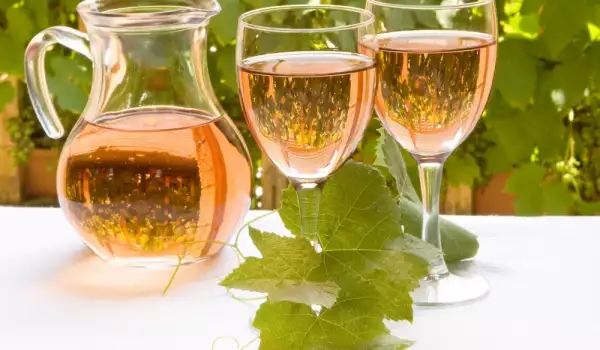
In France and Spain they produce large quantities of Rosé because it is a lot more suitable for the summer months than the full-bodied red wine that's characteristic of those regions. In Italy they don't produce as much Rosé because Italians can always substitute their red wine with white. The most important element of Rosé is that it's produced entirely from red grape varieties.
Characteristics of Rosé
The color and aroma of the wine depend most on the length of time the must will sit with the skins, which contains the coloring substances. Temperature is also an important factor. The colors of Rosé vary from so called "mint" to "strawberry".
A fine-made Rosé combines within it the full-bodied aspect of red wine and the fruity nuances of white. Rosé is gaining more and more admirers and supporters due to its light and refreshing style.
The most famous Rosé in the world comes from the equally famous French region of Provence. This Rosé is drier than the rest of its cousins and is most suitable for serving with seafood, pork fillet, pasta or light fish. Provence Rosé is produced in about 80 small villages located between Marseille and Nice.
Among the most expensive sparkling wines is Rosé Champagne. Its colors vary from light grey to pink to dark pink.
Serving Rosé
Rosé is served less often in comparison to its white and red cousins but in recent years ever more people have been enjoying its enticing taste.
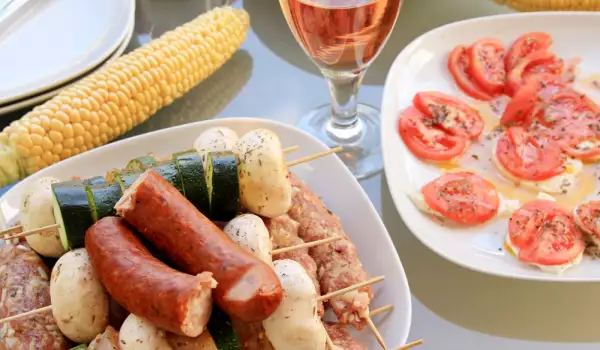
Rosé pairs easily with food but still, there's no way for it to go perfectly with every single dish out there. Perhaps the best complement to Rosé is hors d'oeuvres. The wine is suitable with white meats, breadsticks, bites with light cheeses, nuts and caramelized fruits.
Rosé is also great for main courses, the most suitable choice in this case being game, fish, fried cheeses, as well as all sorts of seafood - mussels, calamari, shrimp and octopus.
Serving Rosé with fatty meats, fried meats or other heavy meat dishes is considered a huge mistake. Instead, try Rosé with Mediterranean cuisine dishes that contain olive oil, olives, dried tomatoes, chili peppers and garlic.
Italian pasta with tomato sauce and seafood, fresh lamb meat and smoked ham will also tickle the palate more finely if served with Rosé.
Rosé it is also very suitable for serving with desserts. Not all desserts are appropriate though - try cream cakes, fruits, pancakes, syrup cakes. Among the fruits, the best suited are citruses, melons or cherries.
Don't serve it with chocolate cakes or desserts with liqueur and coffee - these are only suitable for red wine. The main rule for pairing wine with food is to allow one of the 2 to have the dominating taste.
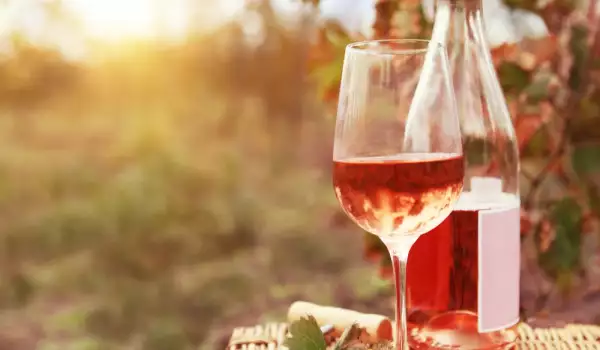
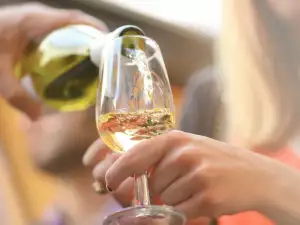
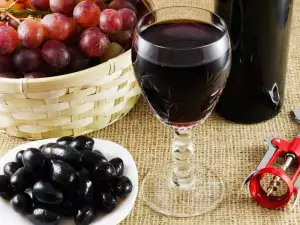
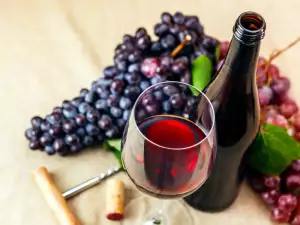
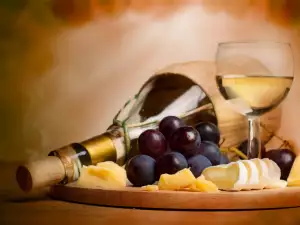

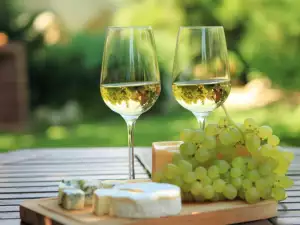

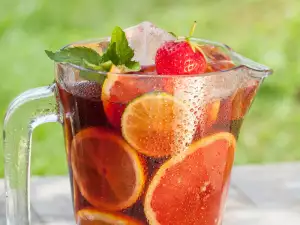
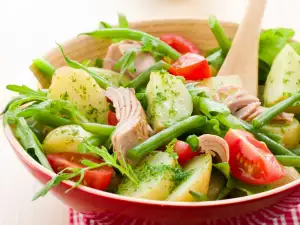
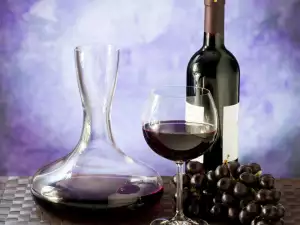

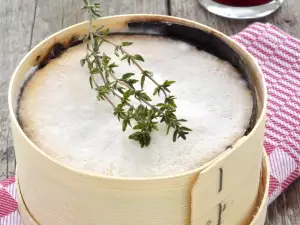
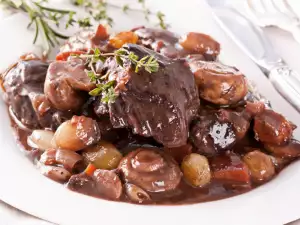
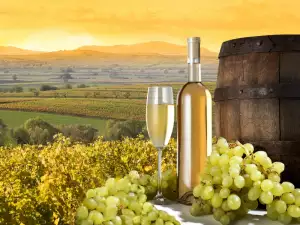

Comments